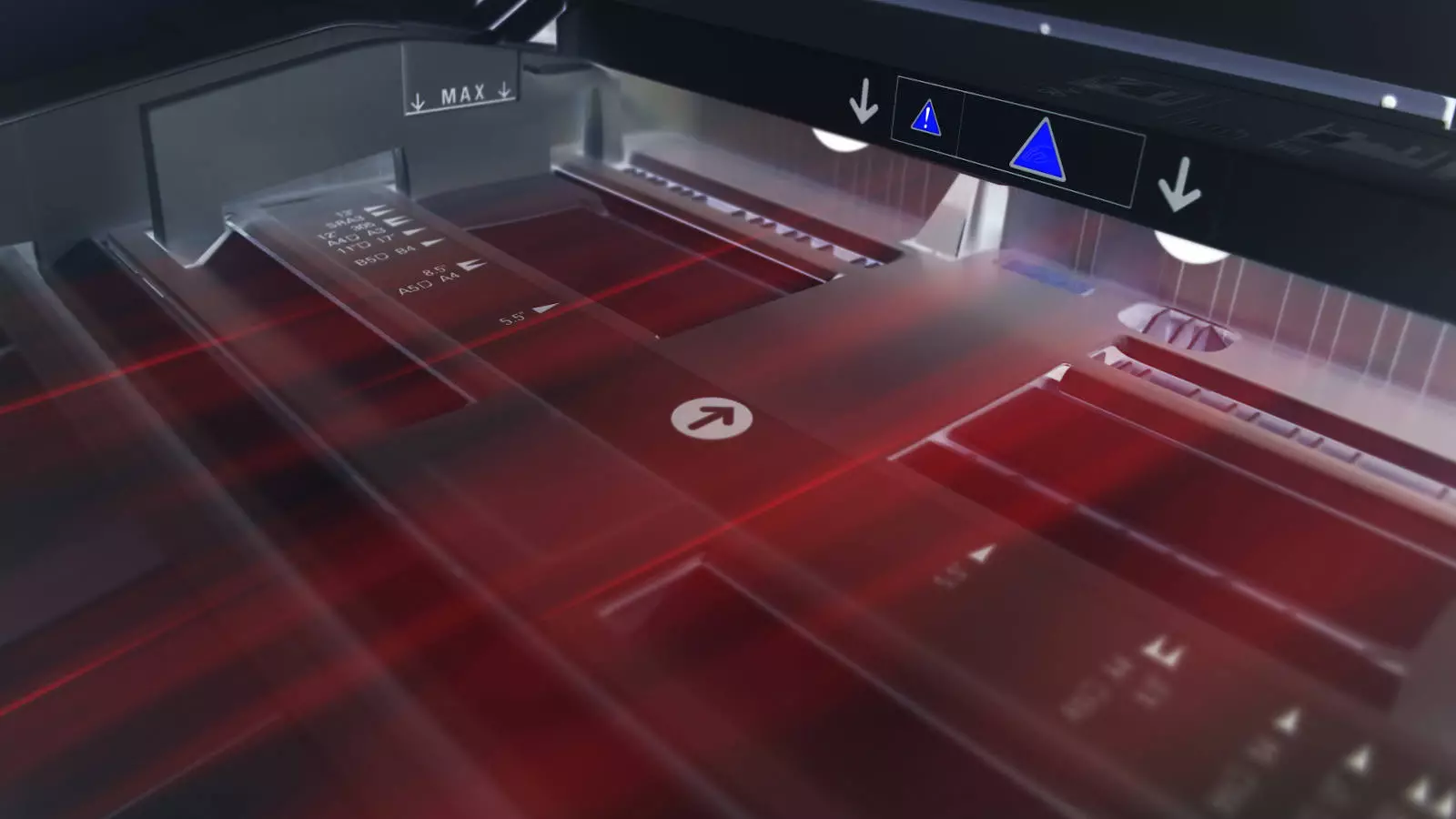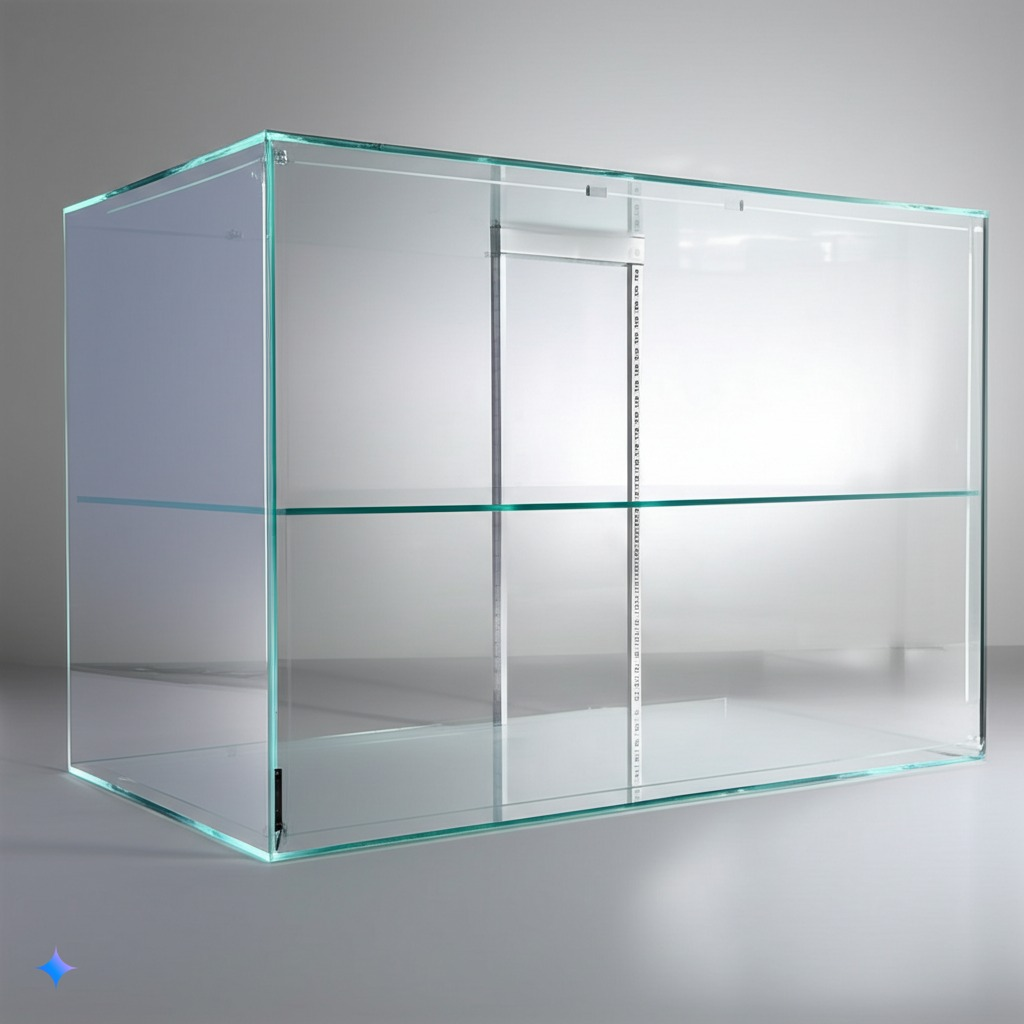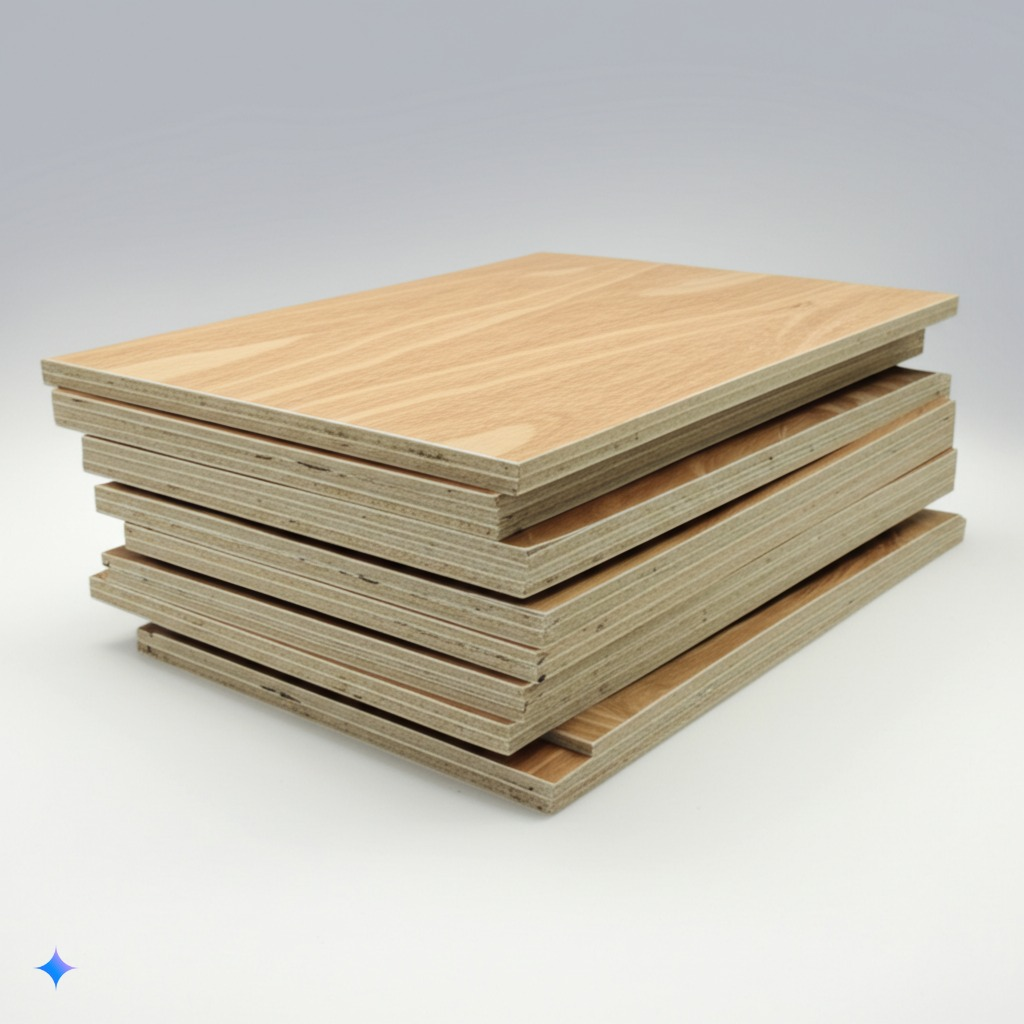
What we do
- Home page /
- Vitrin
Store Showcases: A Visual Art Attracting Customers and Increasing Sales
Glass: Its high transparency allows for ideal display of products. Tempered glass is more durable and safe. However, its fragility and higher cost are its main drawbacks.

Plastics: Lightweight, durable, and materials that can be easily formed into various shapes. Acrylic and Plexiglas have similar transparency to glass but are lighter and more impact-resistant. They are available in various colors and thicknesses.

Wood and composite materials: Give showcases a natural and warm look. MDF, laminate, and other composite materials offer various design solutions at a more affordable price. However, they can be more susceptible to moisture and damage.

Technical Aspects of the Production Process
The production of display showcases consists of several main stages: Design and Planning: In the first stage, sketches and 3D models of the showcase are developed according to the customer's requirements and the store's concept. Technical drawings accurately indicate all dimensions, materials, and connection points. Visual merchandising principles are taken into account at this stage. Material Cutting and Processing: The selected materials (glass, metal, plastic, etc.) are cut on specialized machines according to the technical drawings and formed into the required shape. Glass edges are polished, and metal parts are welded or bolted together. Plastic materials can be laser-cut or bent. Frame and Structure Assembly: The main supporting structure of the showcase (usually made of metal or wood) is assembled. At this stage, the strength and reliability of all connections are ensured. Installation of Glass and Plastic Panels: Transparent panels (glass or plastic) are installed into the frame using special fittings or adhesives. The installation of glass panels requires special attention. Installation of the Lighting System: Lighting plays a crucial role in better displaying products in retail showcases. LED strips, spotlights, and other lighting elements are installed inside or outside the showcase. Compliance with electrical safety regulations is essential. Addition of Decorative Elements: Various decorative elements (shelves, supports, mannequins, logos, etc.) are installed according to the design of the store display. These elements increase the attractiveness of the showcase. Final Inspection and Packaging: Finished display cases are checked for quality, cleaned, and carefully packaged to prevent damage during transportation.
Modern Trends and Technologies In recent years, several new trends and technologies have emerged in the manufacturing of retail store fixtures. The most significant of these include interactive showcases (touch screens, virtual reality elements), dynamic lighting systems, and the use of environmentally friendly materials. These innovations allow stores to communicate more effectively with customers and better promote their brands. In conclusion, it should be noted that the production of store showcases is a process that requires high qualification and attention to detail. The right material selection, professional design, and quality execution will allow you to create an attractive and effective advertising tool for your store, which in turn will ensure your success in customer engagement and retail. Remember that a well-arranged storefront display is not just a piece of furniture but also your store's calling card.